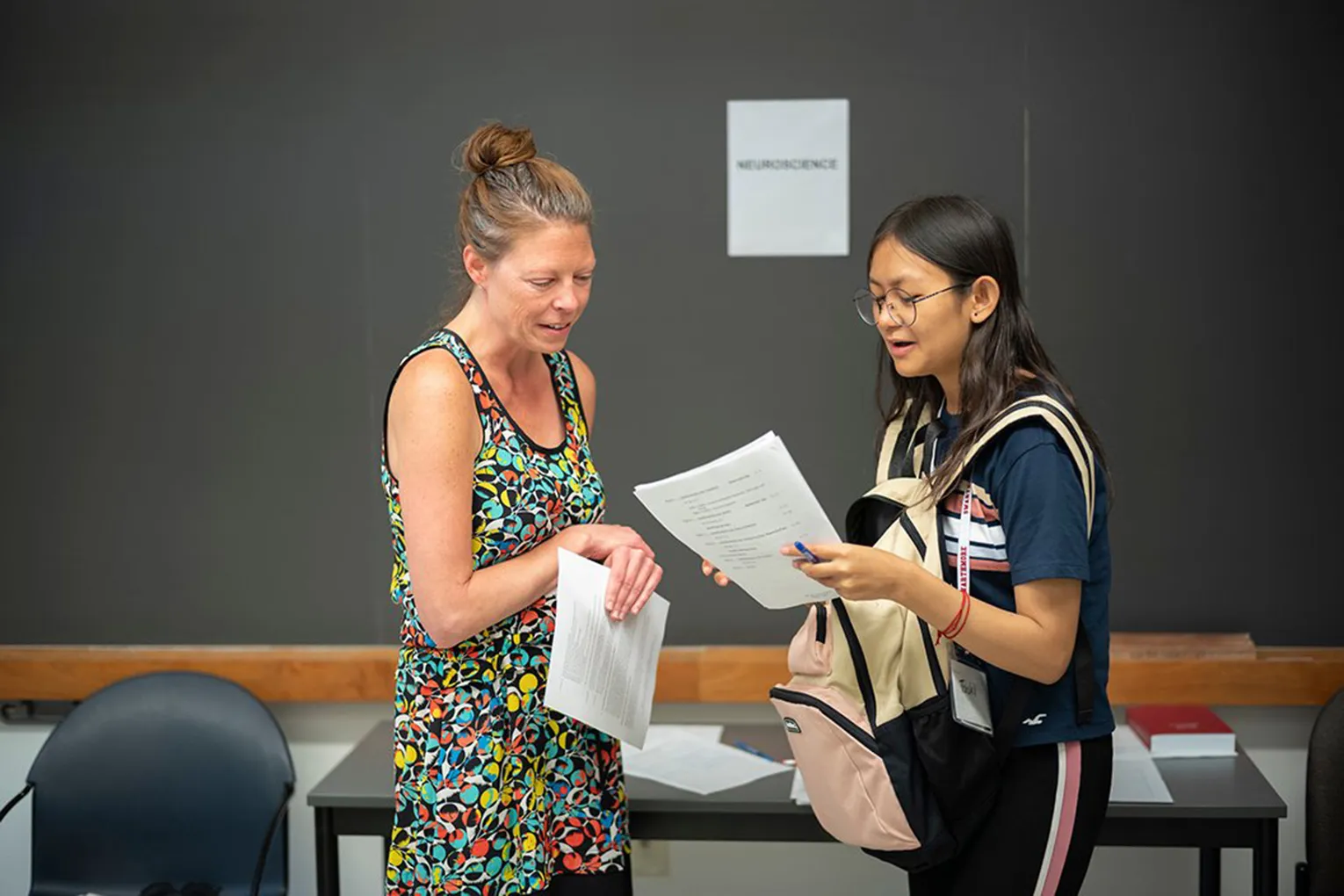Patricia White
“A narrow focus on the sexism of classical Hollywood or of male-dominated blockbuster films became untenable,” she says. “I was always interested in independent cinema, and it was clear that women everywhere were gaining greater access to the means of production.”
While White was writing about Hollywood’s past, a revolution was unfolding in the film business. In the 1990s and early 2000s, cheaper cameras and digital editing tools were lowering the barriers to entry, and a new generation of women filmmakers was seizing the opportunity. For White, it was a turning point.
“A narrow focus on the sexism of classical Hollywood or of male-dominated blockbuster films became untenable,” says White. “I was always interested in independent cinema, and it was clear that women everywhere were gaining greater access to the means of production.”
She dove in, writing numerous articles on independent women’s cinema. In 2015, she published Women’s Cinema/World Cinema, a book that analyzed the work of feminist filmmakers from Iran, Lebanon, Taiwan, Bosnia, and beyond. Feminist filmmaking, White argued, was now a global movement.
She didn’t stop at theory. White sits on the board of Women Make Movies, a nonprofit feminist arts organization in New York that is dedicated to supporting women filmmakers, where she interned during college. And on campus, she heads the Aydelotte Foundation, Swarthmore’s interdisciplinary research center that advocates for an expanded understanding of the liberal arts.
As White sees it, teaching students media literacy is an urgent obligation. She is co-author of a popular introductory film studies textbook The Film Experience. With everybody carrying a movie camera in their pocket, “we’ve never needed a basic competence in semiotics more than we do now,” she says. Whether in a Hollywood blockbuster or in an AI-generated TikTok clip, “we need to understand how visual, audio, and textual signs come together to create an ideological message.”
As for the film business, it remains tough for women. In 2024, the number of actresses in leading roles in top-grossing films hit a ten-year low. Still, women filmmakers in the post-#MeToo era have been making important gains — a development White is following closely.
She contributed a chapter to a book on Barbie, Greta Gerwig’s megahit that grappled with one of popular culture’s most controversial icons.
“Barbie is a fraught icon for feminist debate,” White says. “But to want to be in conversation with little girls and their mothers about whether we can use this symbol in a way that’s subversive — I think that’s great.”




